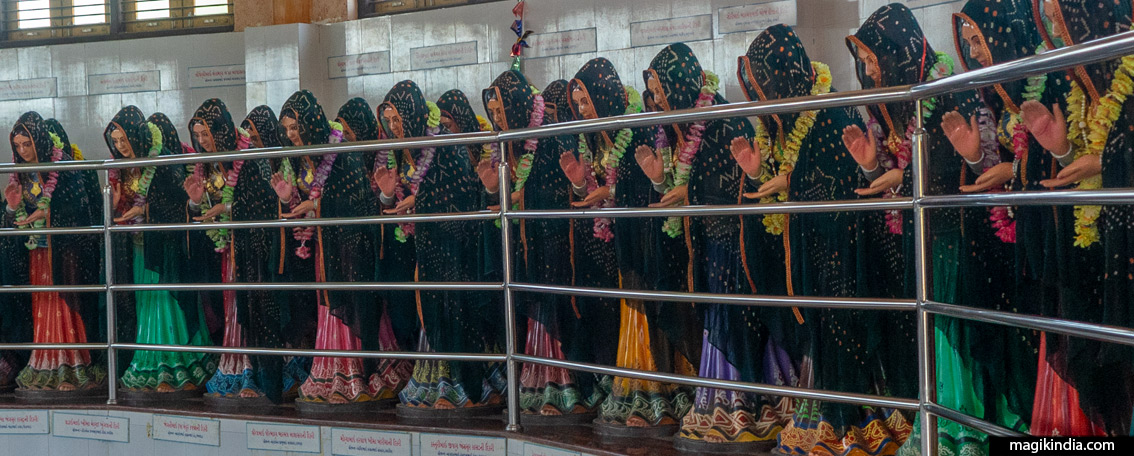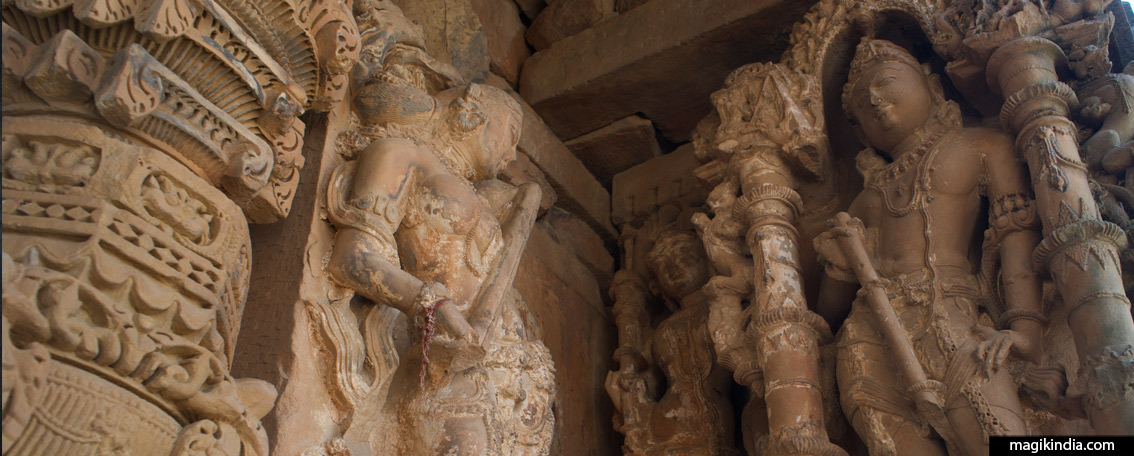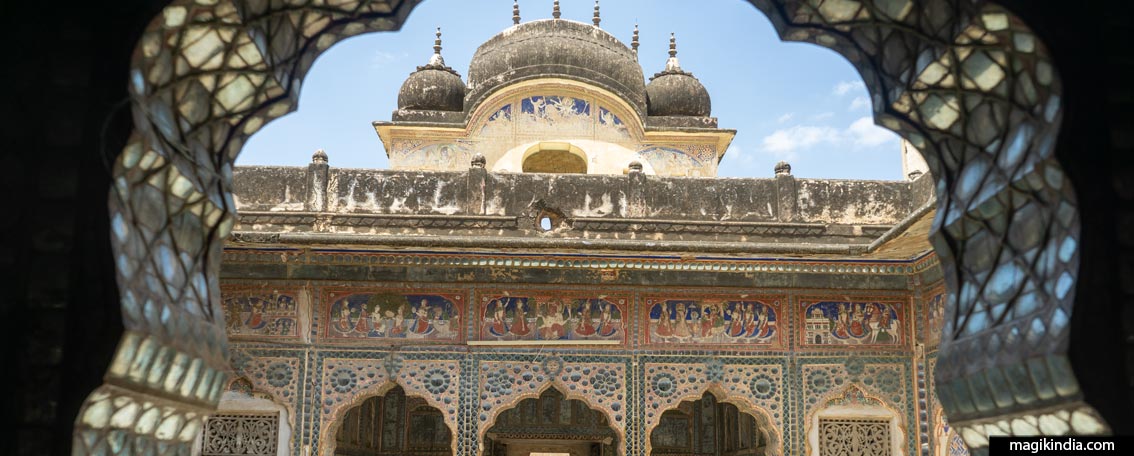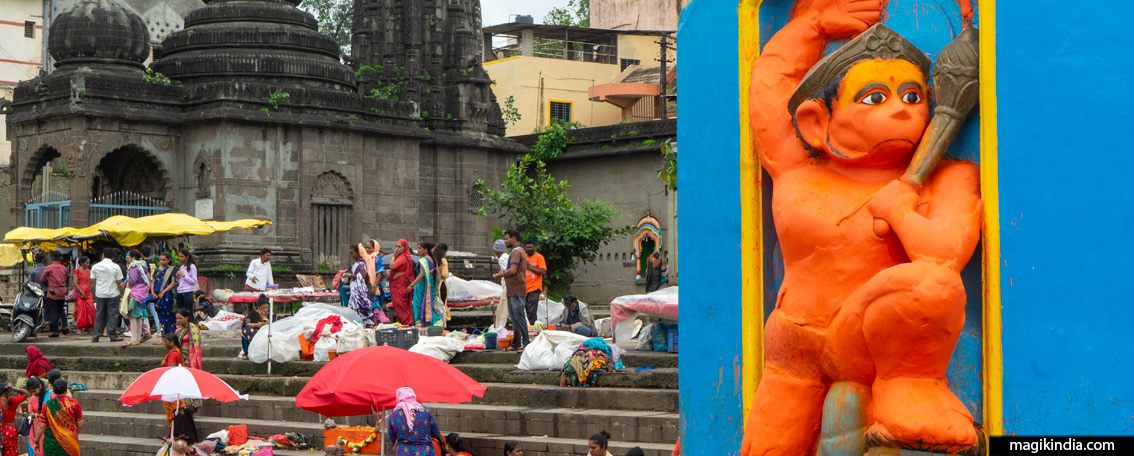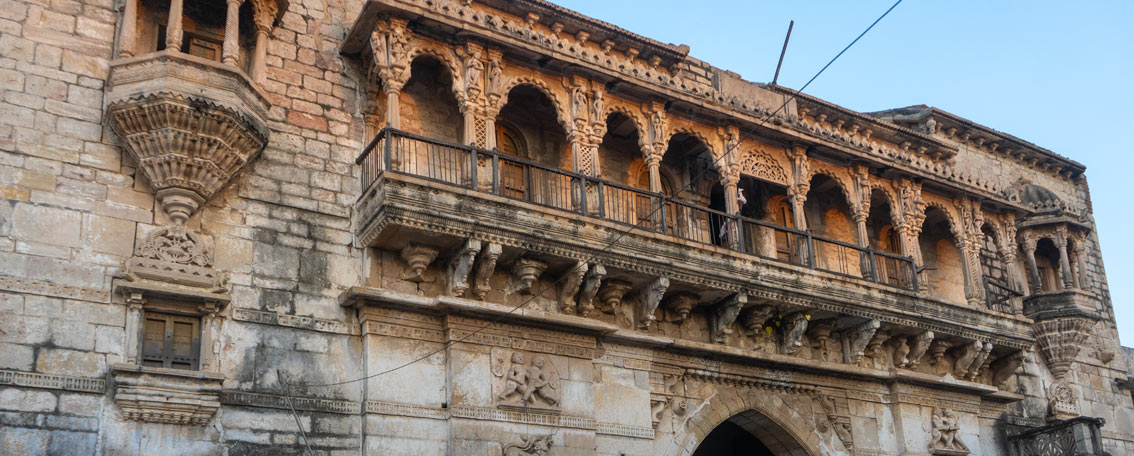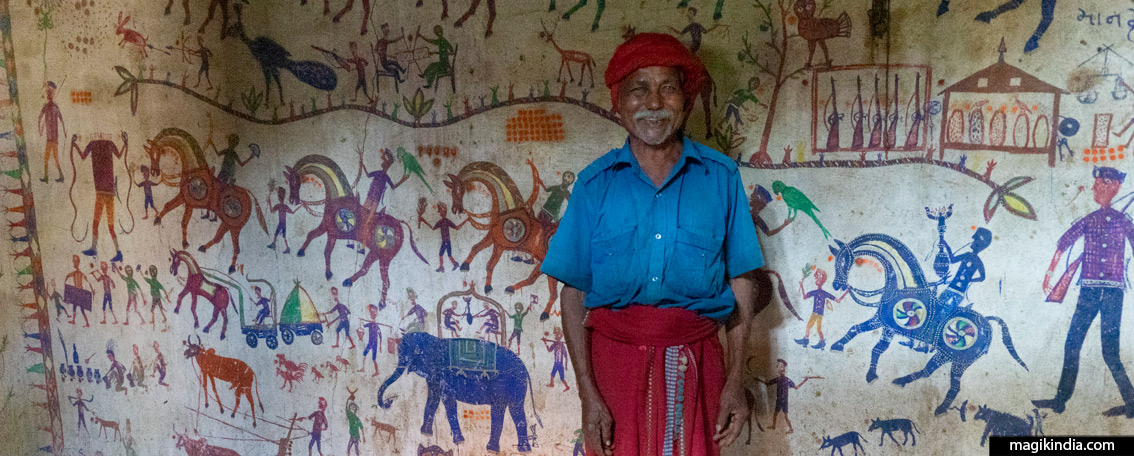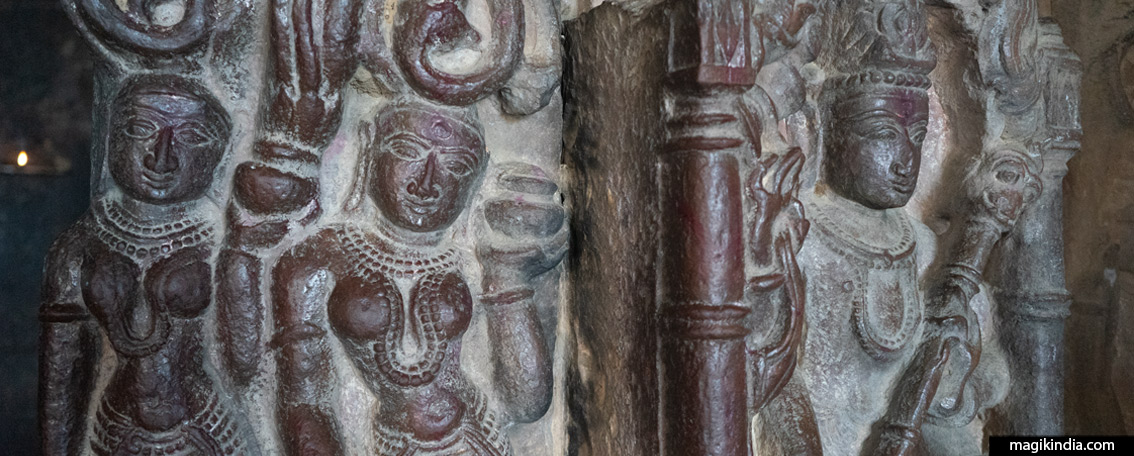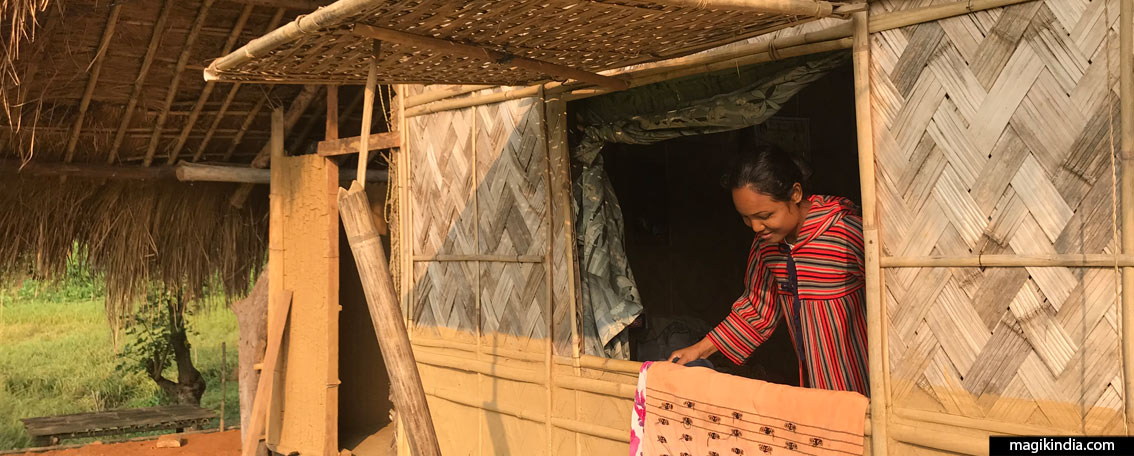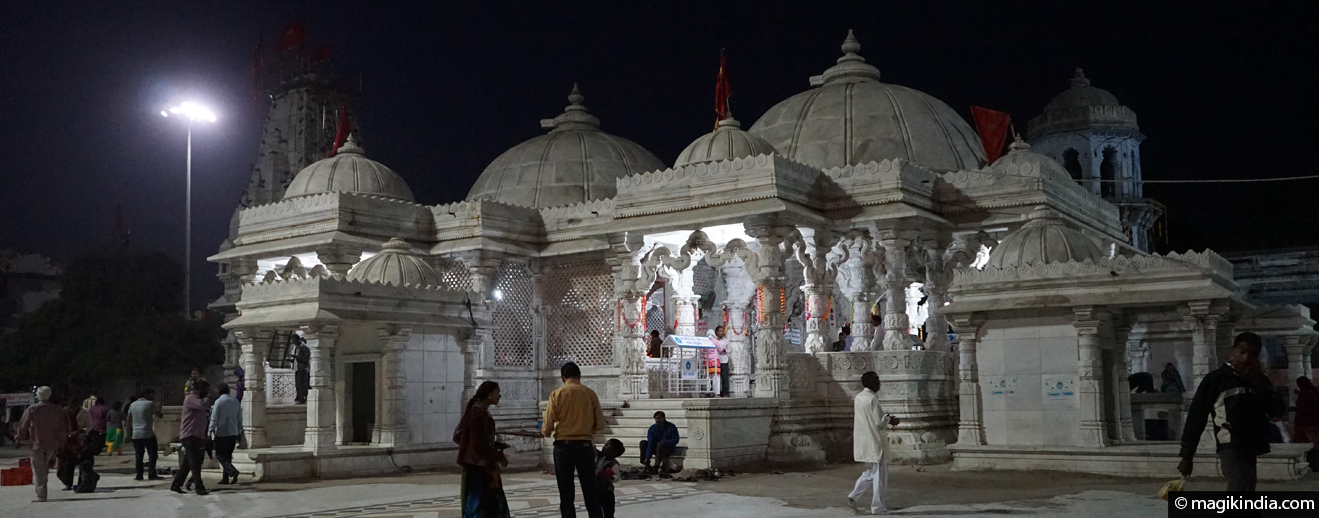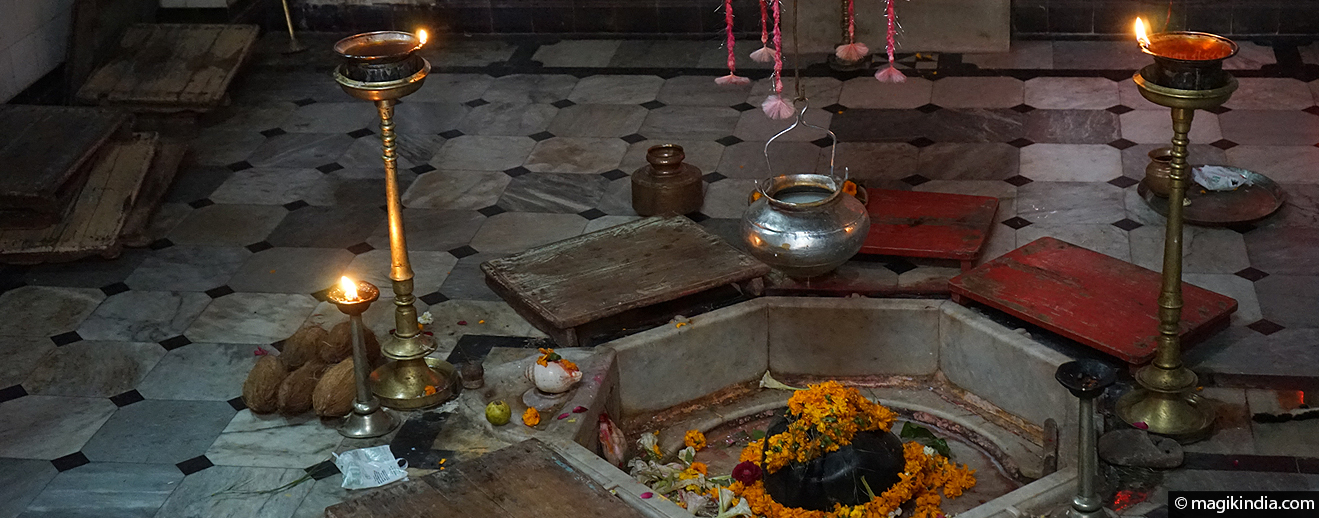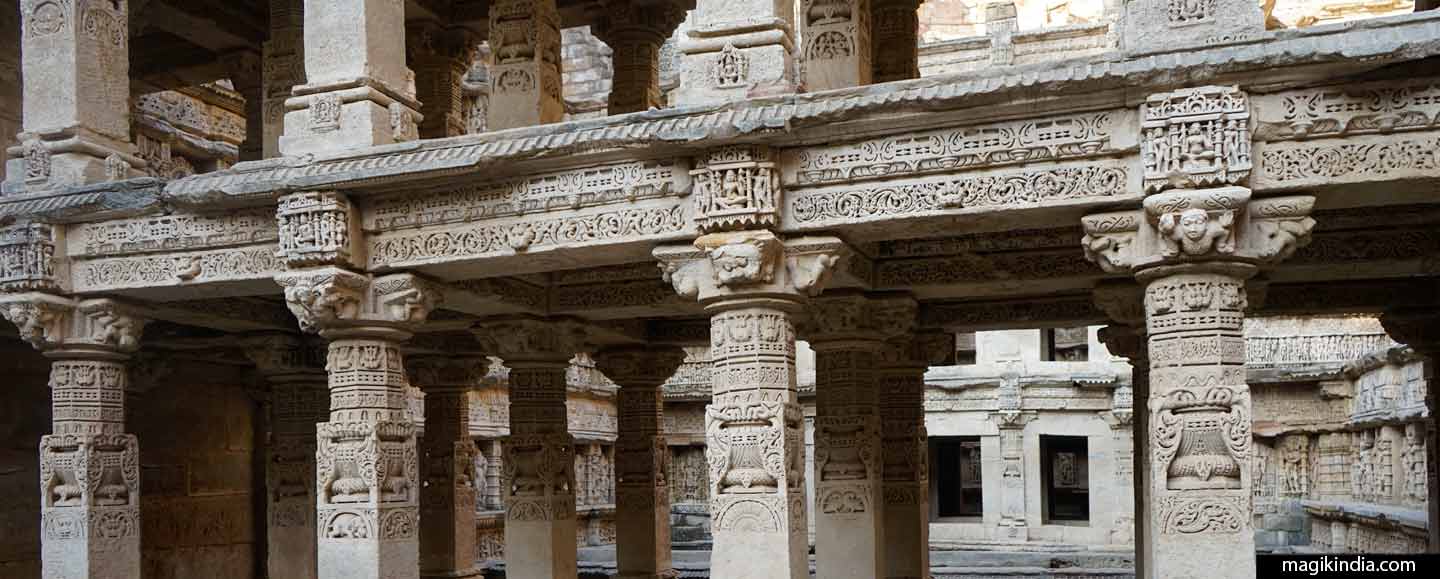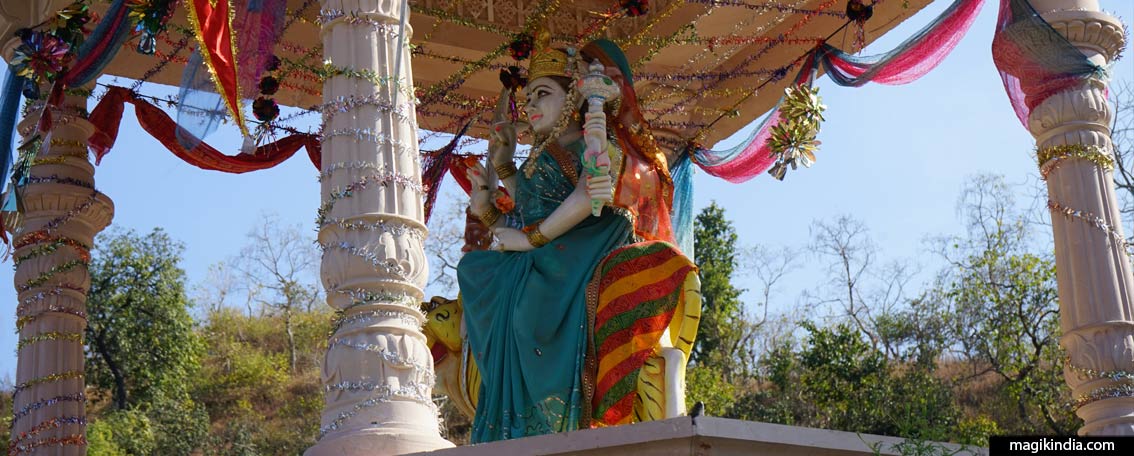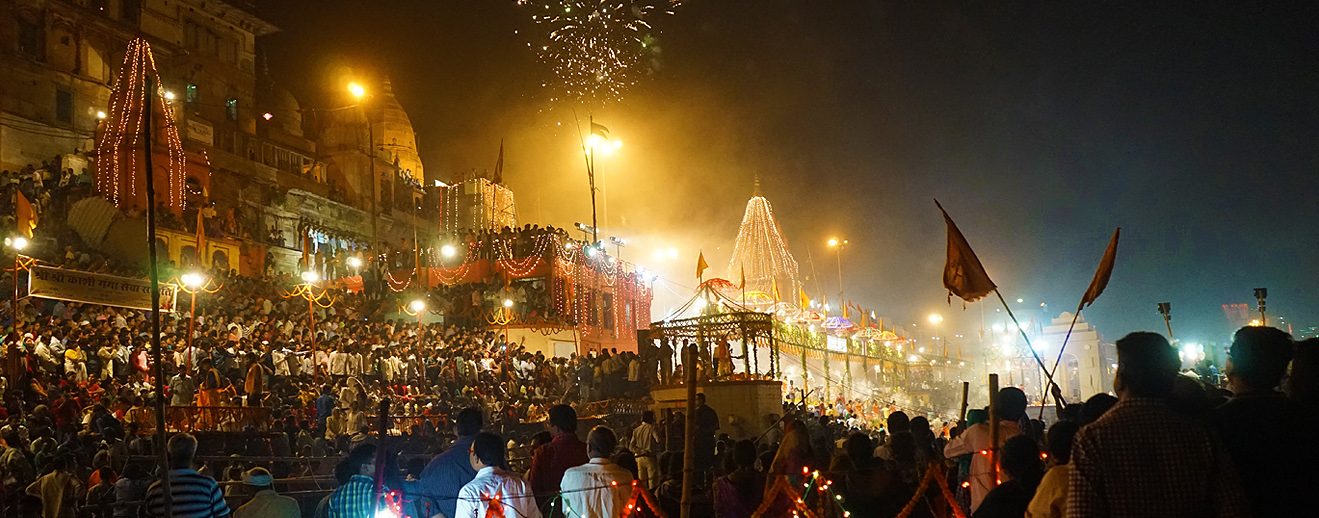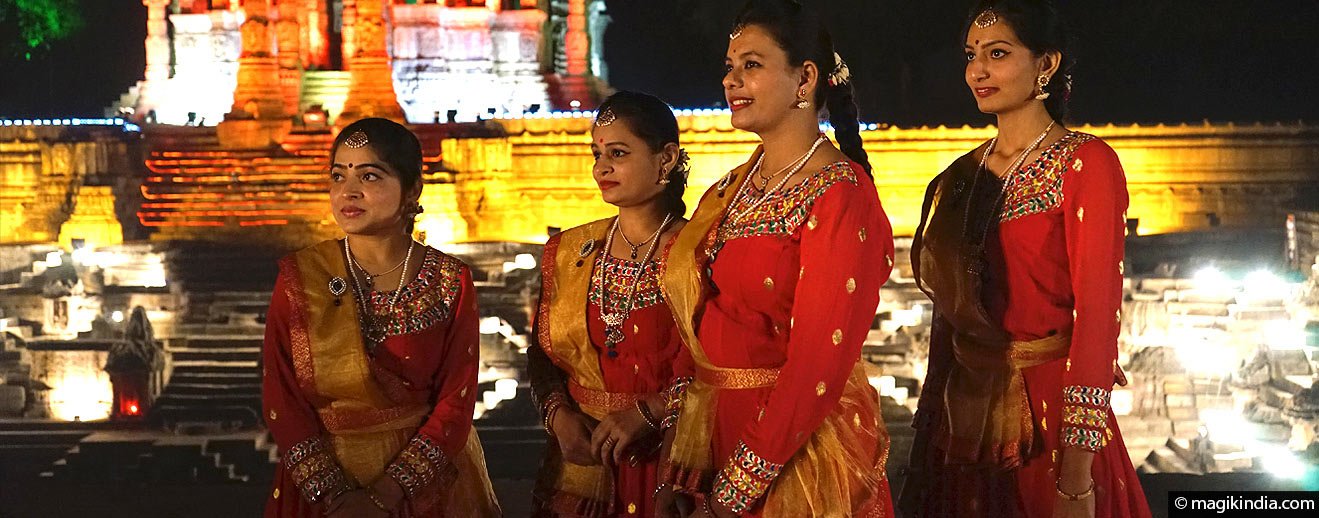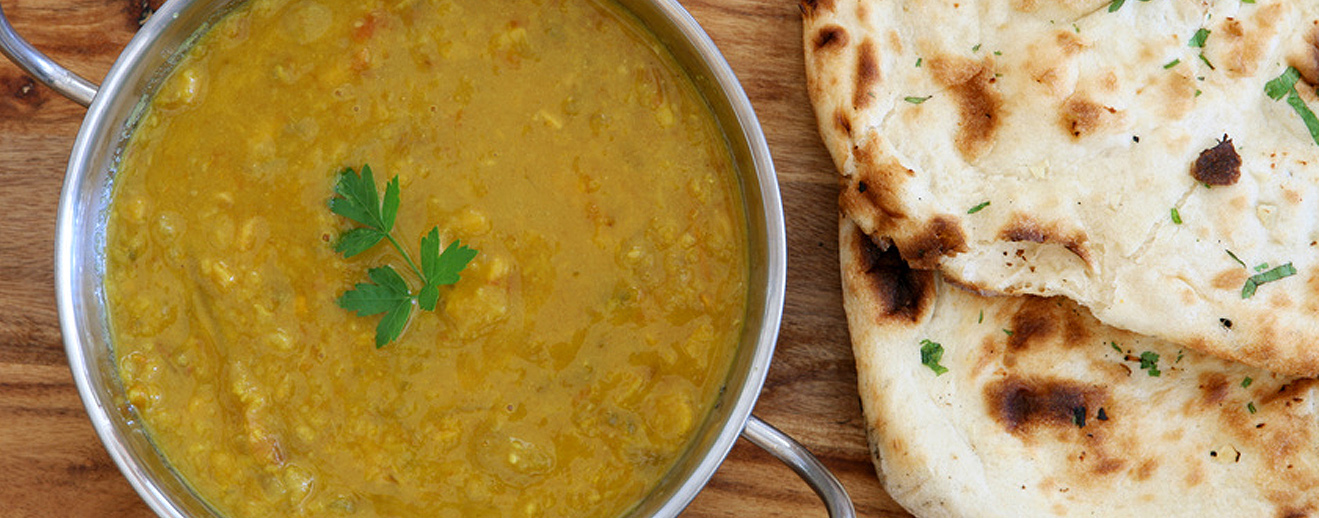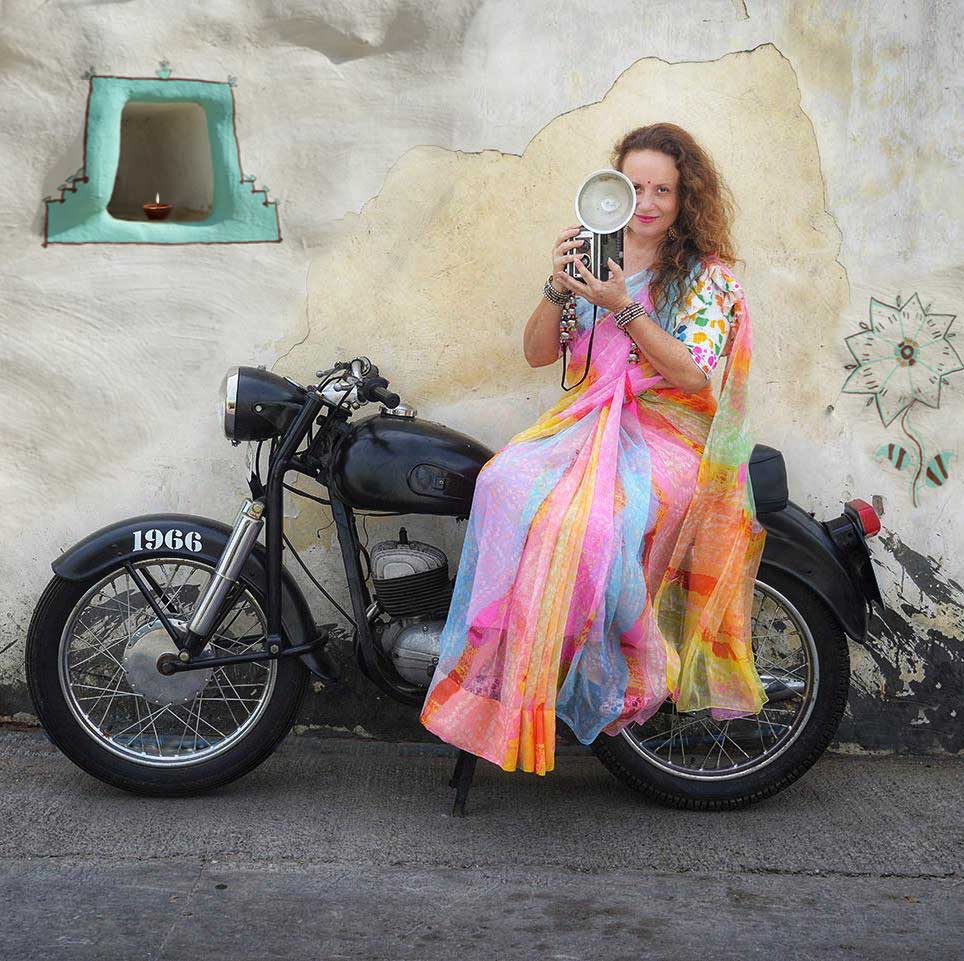
Namaskaram !
Welcome, Padharo ! I'm Mathini, a French woman who has been living in Rajasthan for 10 years. Despite being imbued with Indian culture from a young age it wasn't until 2014 that my Indian adventure really began. I left everything behind in France and set off on a 6-year journey through the land of Gandhi. These adventures are gathered in this blog which aspires, in an intentionally positive spirit, to bear witness to India's remarkably diverse and multifaceted cultural heritage. If this website sparks a desire to pack your bags and set off for an Indian adventure, it will have achieved its purpose. Subh Yatra on Magik India and beautiful explorations in the sacred land of Bharat...
Becharaji town is famous for its temple to Bahuchara Mata, goddess of fertility and patron saint of hijras (transgenders). It is also one of the highly revered Siddha Shakti Peethas, a place where Sati’s hands are said to have fallen and a place where the sincere wishes of the faithful are fulfilled.
Bahuchara Mata
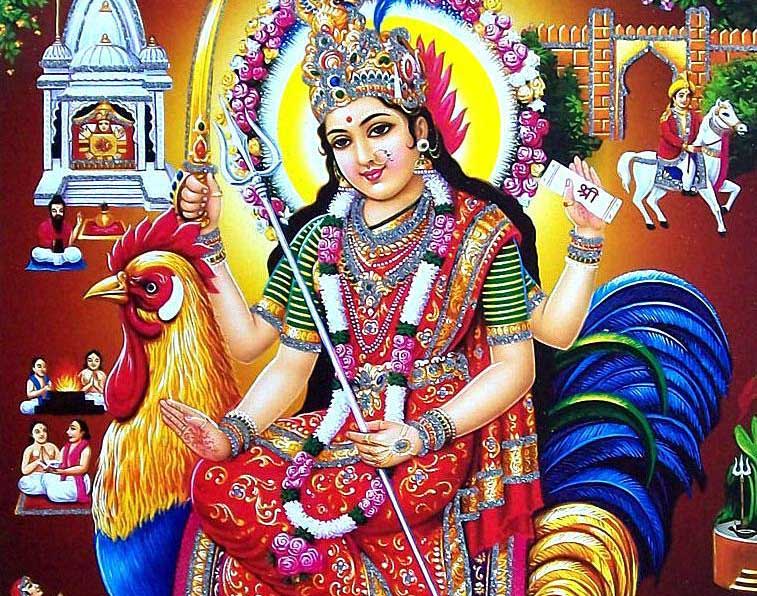
The town of Becharaji is named after its temple to Bahuchara Mata.
Bahuchara Mata is a Hindu goddess, one of the many forms of Durga, a warrior’s daughter of the Charan caste. According to the legend, she and her sisters has set off on a journey when a marauder called Bapiya attacked their caravan. It was the Charan custom, for men and women, never to surrender to the enemy. in response to the attack, Bahuchara and her sisters cut off their breasts and cursed Bapiya, who became impotent. The curse was lifted only when he worshipped Bahuchara Mata by dressing and acting like a woman. That is why Bahuchara Mata is considered the patron saint of India’s hijra community.
Bahuchara Mata’s symbols are a sword, sacred scriptures, the hand gesture of blessing (mudra abhay hasta) and a trident. She is seated on a cock, symbol of innocence.
The Hijras
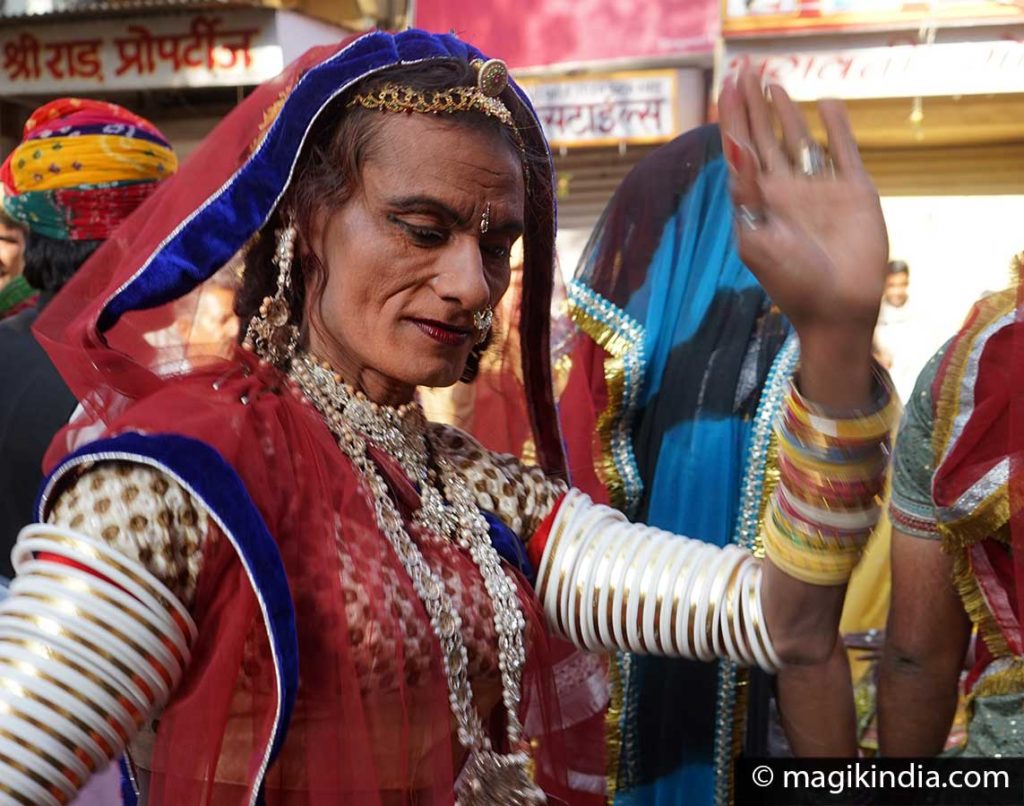
In Indian culture the hijras are transgenders. The word hijra also refers to the cast or community they live in. Usually It is hard for hijras to form a real family, or even to find work. They mostly live by begging or prostitution.
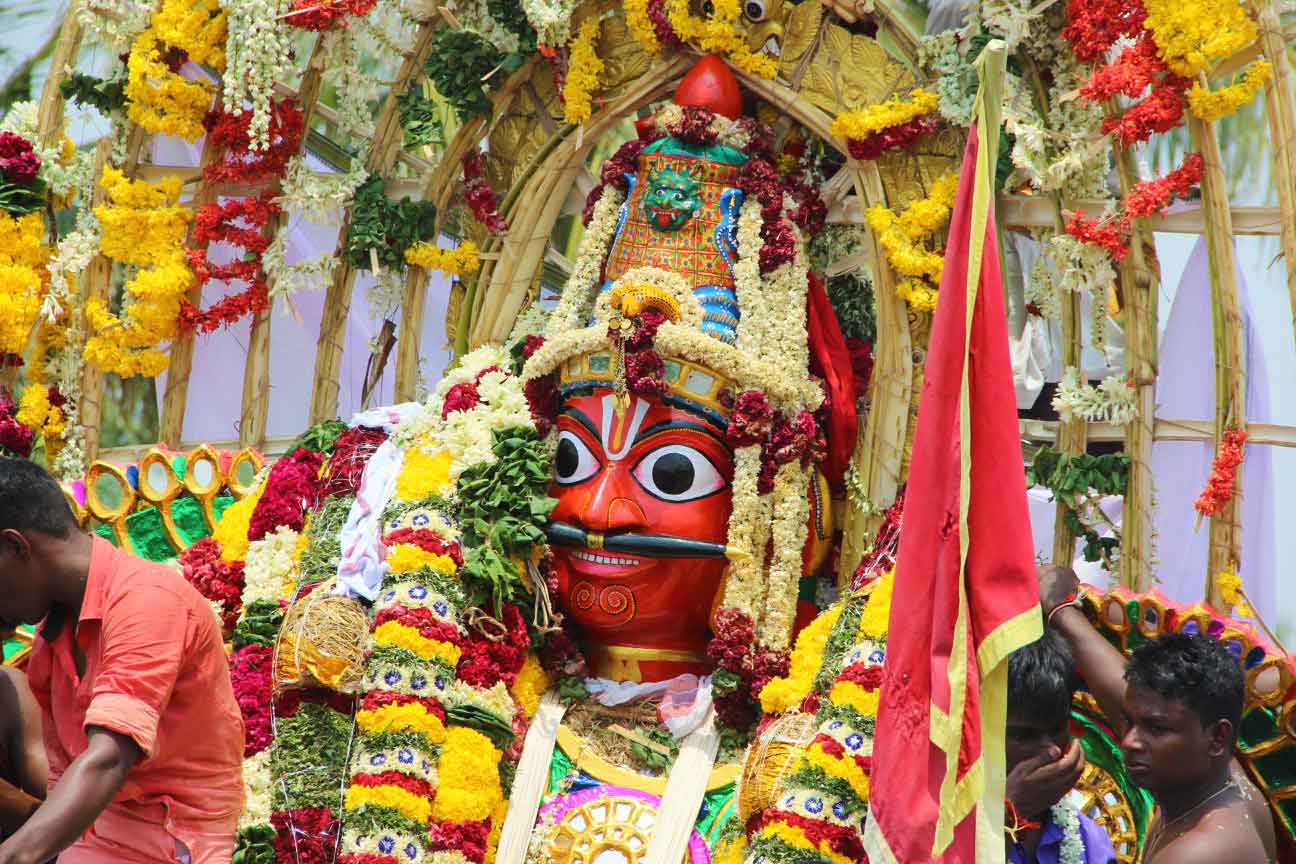
India’s hijras are both respected and mistrusted. They are respected because they are believed to confer fertility. They are paid to attend weddings, where they sing, dance and bless the newlyweds to make sure the marriage will be fertile. But they are also mistrusted because they are believed to be able to cast the evil eye.
Every year the hijras from all India gather for the Koothandavar festival where they relive an episode of the Mahabharata. The festival takes place in the village of Koovagam, 200km south of Madras in Tamil Nadu. It starts at full moon and lasts 18 days in April and May.
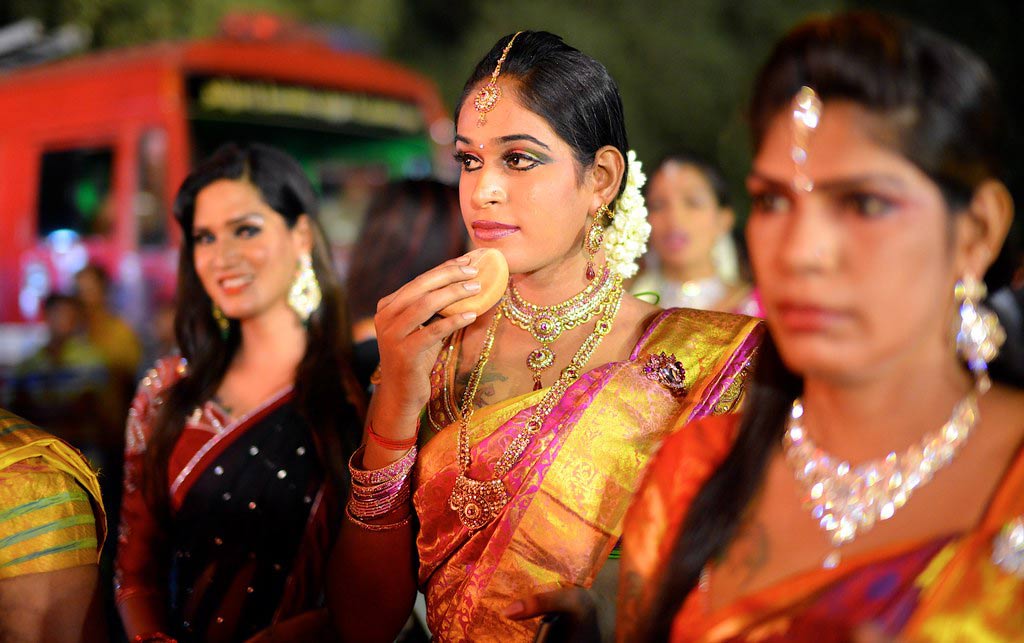
In April 2014 the country’s supreme court recognised the existence of a “third gender”, neither male nor female, and ordered the government to respect transsexuals’ rights. In so doing, the Supreme Court forced the central government and State governments to identify transgender people and give them the same social welfare rights and access to work and education as the rest of the population.
Becharaji, Sidha Shakti Peetha
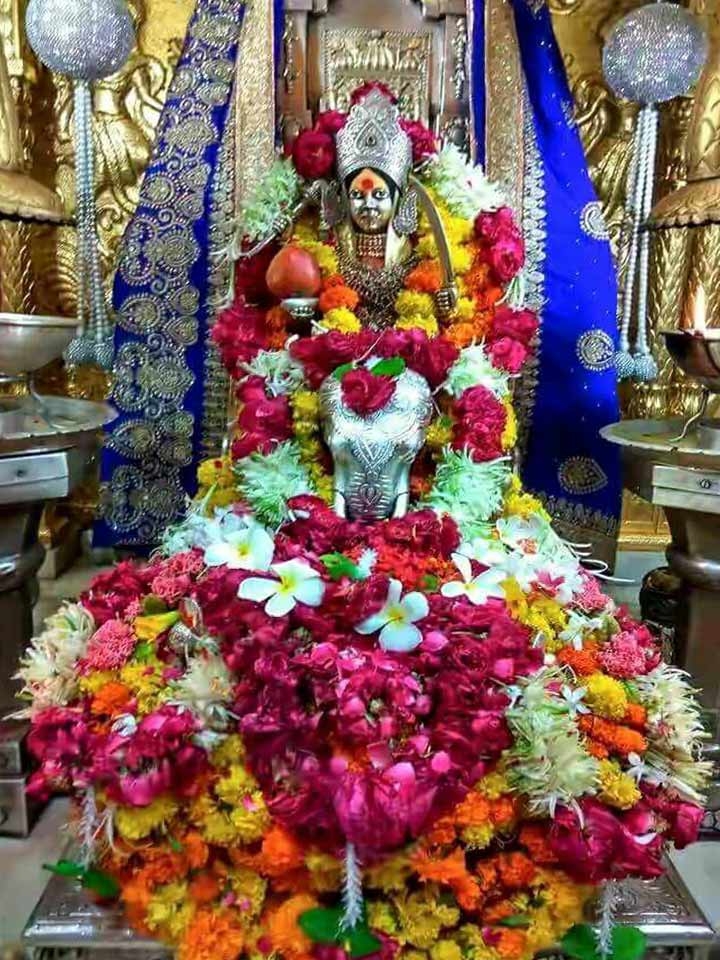
The Bahuchara Mata temple is considered especially holy because it is a Shakti Peetha: Sati’s hands are said to have fallen here. It is one of three Shakti Peethas in Gujarat, the others being Ambaji and Kalika in Pavagadh.
The Bahuchara Mata temple is also a Siddha Peetha, a place where the sincere wishes of the faithful are fulfilled. Childless couples and parents of handicapped newborns come to make offerings and pray to the goddess.
From a religious standpoint, this temple is of equal importance to other famous places of worship in Gujarat such as Ambaji, Pavagadh, Dwarka, Somnath, Palitana, Girnar and Dakor.
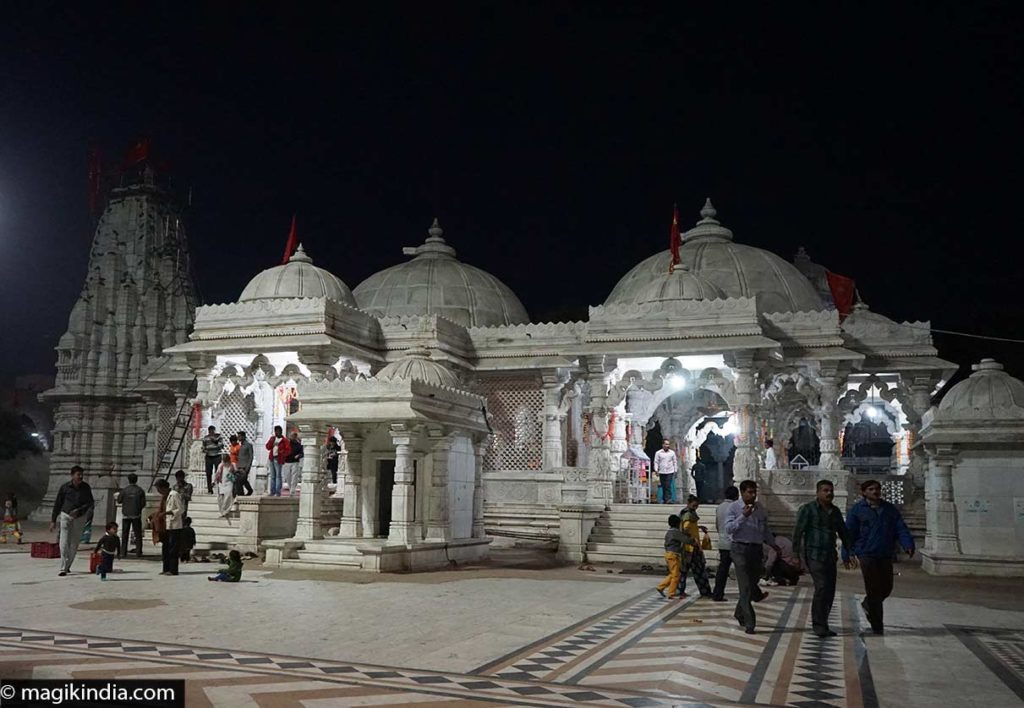
[Arati du soir au temple de Becharaji ]
Vadnagar was once home to the celebrated sage Yagyavalkya, “knower of the Vedas”. Its rich history goes back over 4000 years, with some remarkable vestiges to tell the tale. The finest is the Hatkeshwar Mahadev temple.
Patan is a fortified town dating from the 8th century CE. It was the capital of Gujarat until 1411, when the sultan Ahmed Shah moved his capital to Ahmedabad. It now owes its fame to its magnificent Rani-Ki-Vav stepwell, a Unesco World Heritage site, built under the Solanki period. It is also renowned for making much-sought-after saris in hand-woven patola fabric.
Ambaji, 185km from Ahmedabad, is a temple city that attracts millions of worshippers each year. Legend has it that the heart of Shiva’s consort Sati fell here. This makes it one of the 51 Shakti Peethas and therefore a key pilgrimage centre.
Arasuri Ambaji
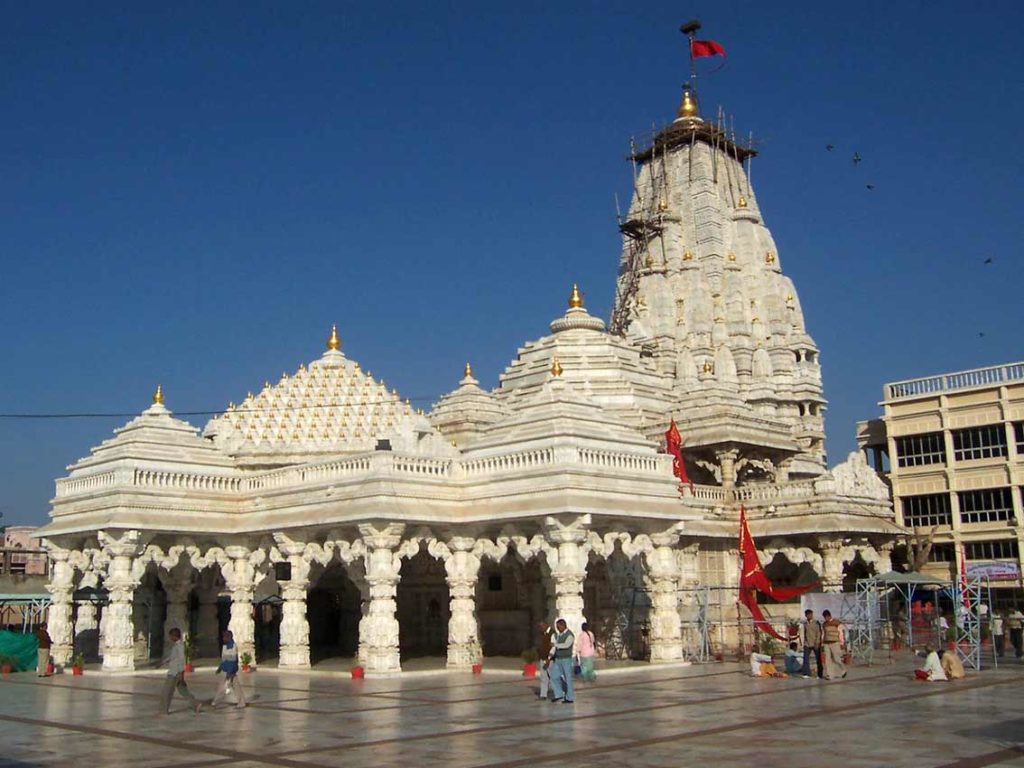
There are two main temples in Ambaji. Inside the town is the Arasuri Ambaji temple, named after the Arasur mountains all around the town. Worship has taken place here ever since pre-Vedic times. The temple contains no statue or image; the main object of worship is the Shree Visa Yantra inscribed on a gilded marble plaque in a niche in the inner sanctum
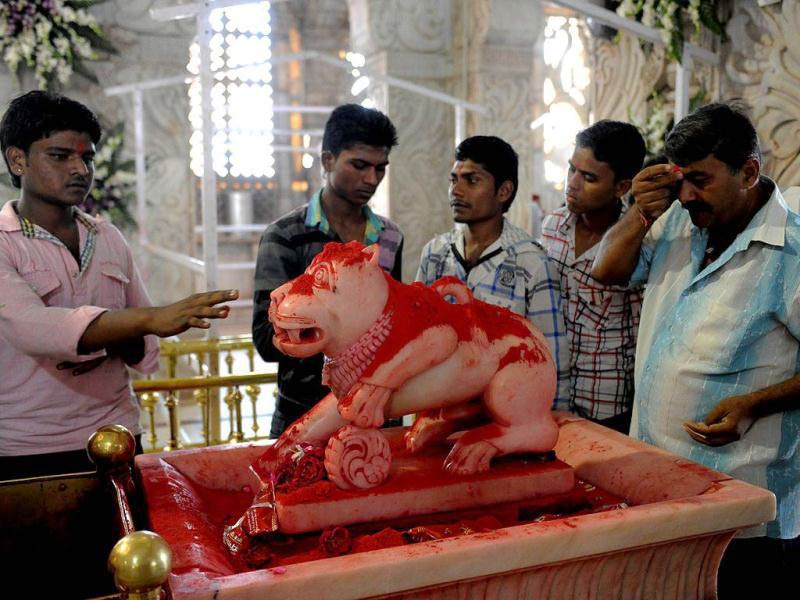
A yantra is a mystical diagram that is believed to have spiritual or magical powers. Yantras are used in the Tantric tradition of Hinduism. Among other symbols, yantras commonly feature geometric shapes such as squares, triangles and circles, or flower patterns.
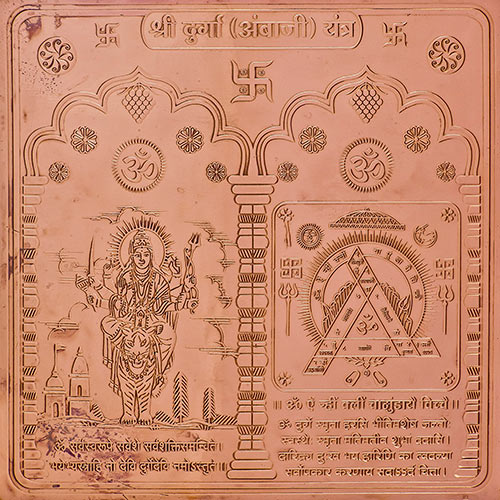
Gabbar Hill
The other temple, the original seat of the goddess, is on Gabbar Hill, 4.5kmfrom the Arasuri Ambaji temple. You can reach it by climbing 999 steps, or by cable car. On the flat hilltop is a small niche in which a lamp is kept permenantly lit.

It is said that the goddess’s footprints can be seen under the temple’s bodhi tree. This sanctuary is a Shakti Peetha, said to be the one where the goddess’s heart fell.

A circumambulation path (called a parikrama), has been organised round Gabbar hill, with reproductions of all 51 Shakti Peethas set up along the way.
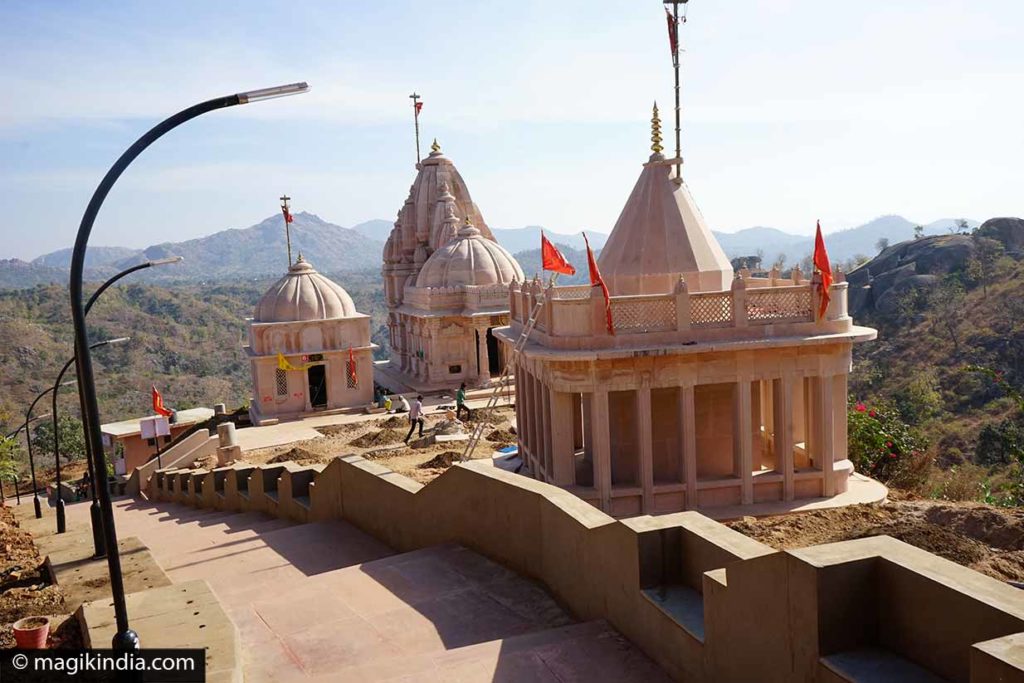
Going down the hill, stop for a moment to taste a chhach or chhas, a drink typical of Gujarat, refreshing and digestive at the same time, based on milk sprinkled with cumin seeds.
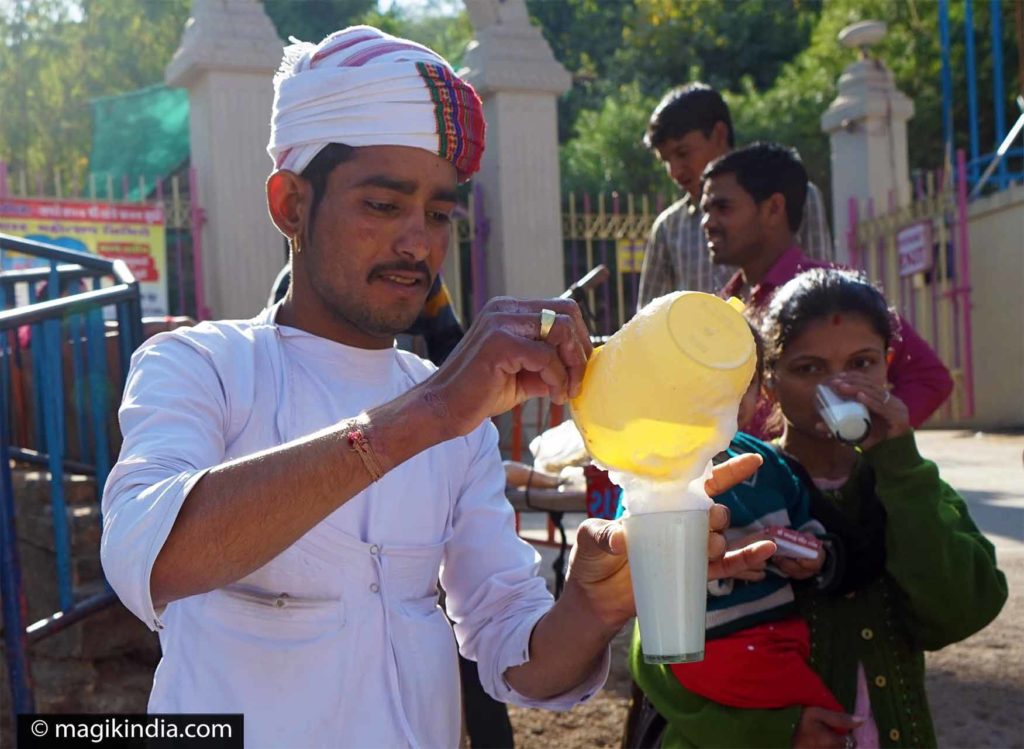
| VARANASI, UTTAR PRADESH | NOVEMBER | 1 DAY |
Magical and unforgettable, Dev Diwali “the Diwali of the gods”, is celebrated in Varanasi, India’s spiritual capital. It falls on the day of the full moon, 15 days after Diwali. For this festival thousands of diyas or oil lamps deck the ghats of the city of Shiva in honour of Ganga, goddess of the river. Legend has it that on this day the gods come down to earth to bathe in the Ganges.
Indian food without herbs and spices is unimaginable. They are at the heart of every dish. They have been used since ancient times and are mentioned in Hinduism’s oldest sacred scriptures, the Vedas.
Most of the numerous spices used in India are grown on the subcontinent. Some are “hot”, others add a delicate flavour to the dish. Each spice can be used on its own, but they are usually mixed in subtle combinations to give unique fragrances that differ from one region to another.
The Modhera Dance Festival or Uttarardh Mahotsav is set against the backdrop of Modhera’s majestic sun temple, dressed in its best suit of lights for the occasion. It is organised by the Gujarat Tourism Corporation. It brings together dance troupes and solo performers from all over India, offering a panorama of India’s many dance styles.
Dhal, or Daal Dal is the name given to dishes of legumes, but it is also used to refer to legumes. Lentils and legumes in general are an integral part of Indian cuisine. In a country where the population is more than 40% vegetarian (500 million people), these legumes are adding their full of protein and vitamins.

